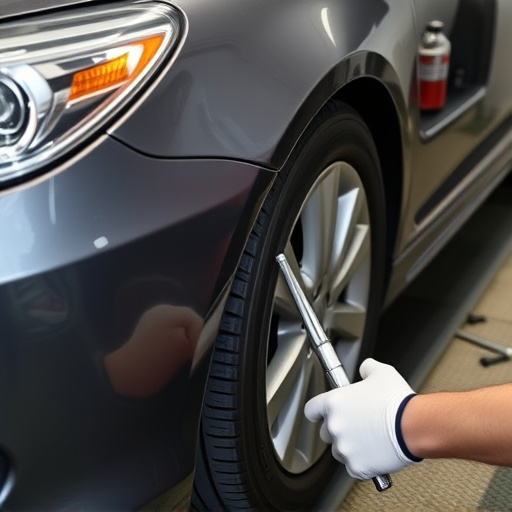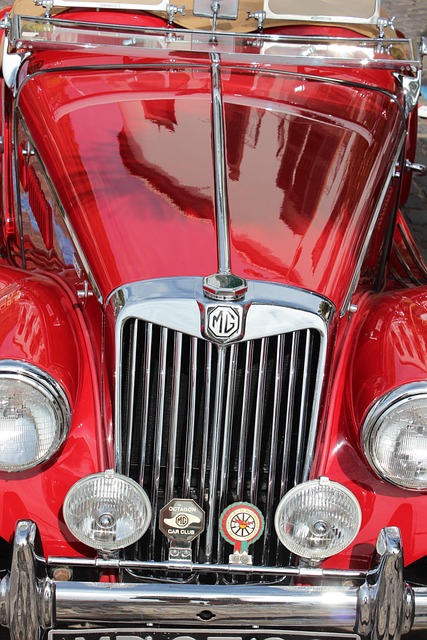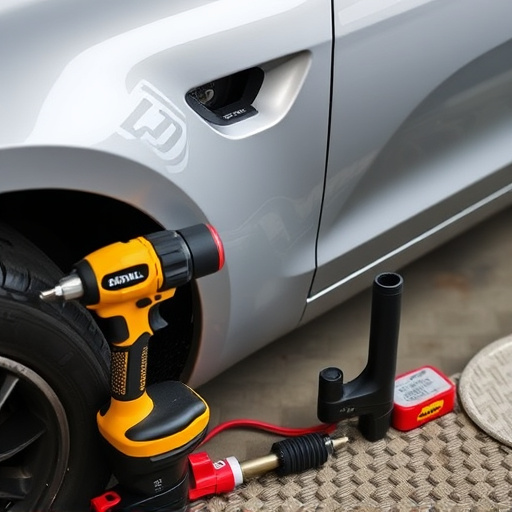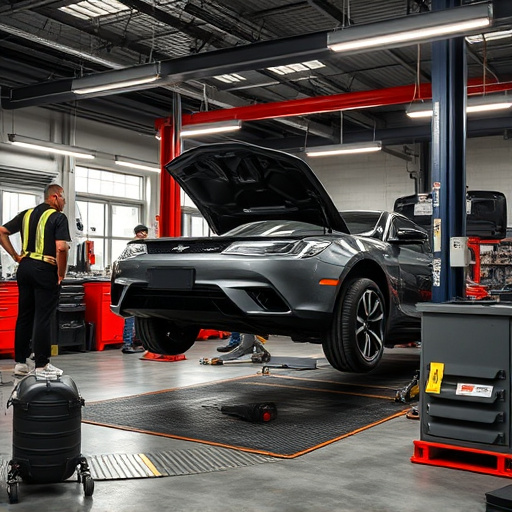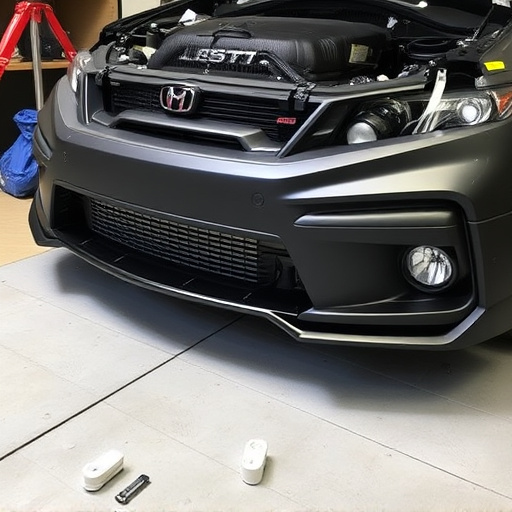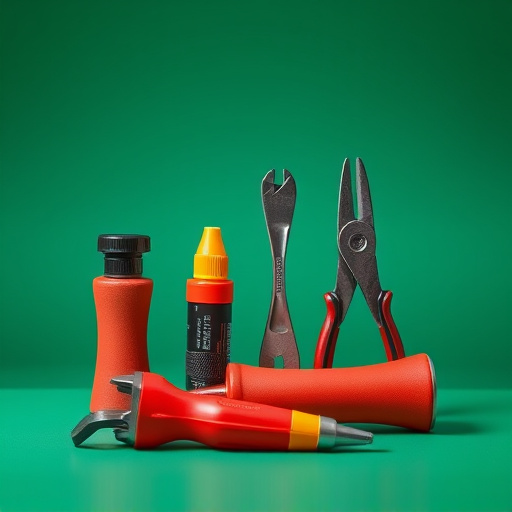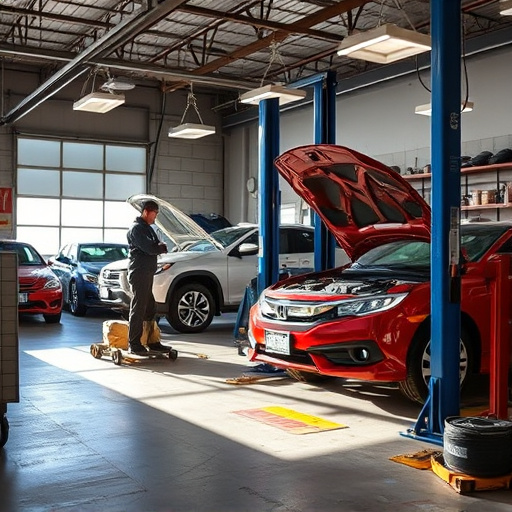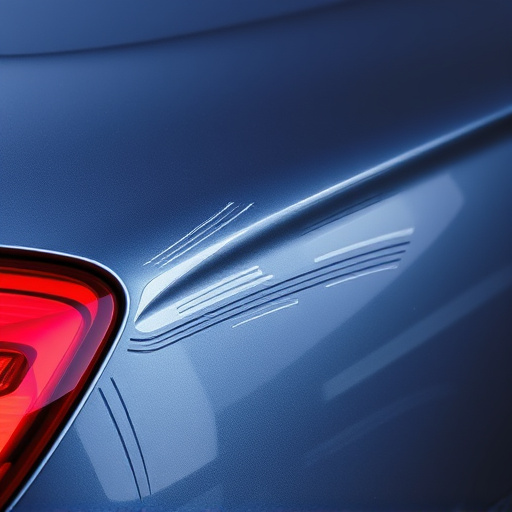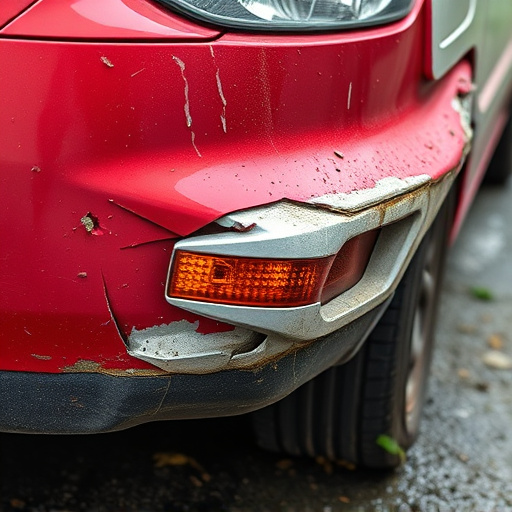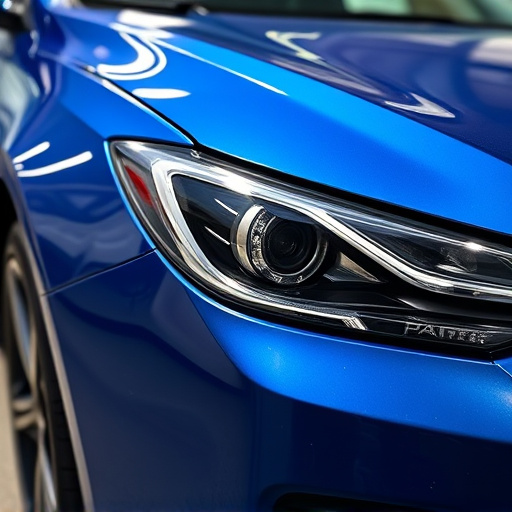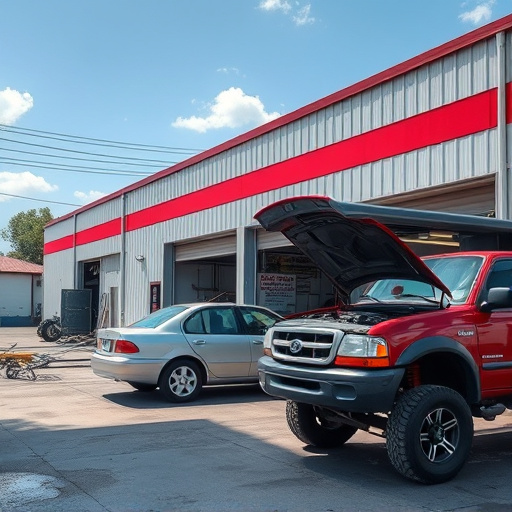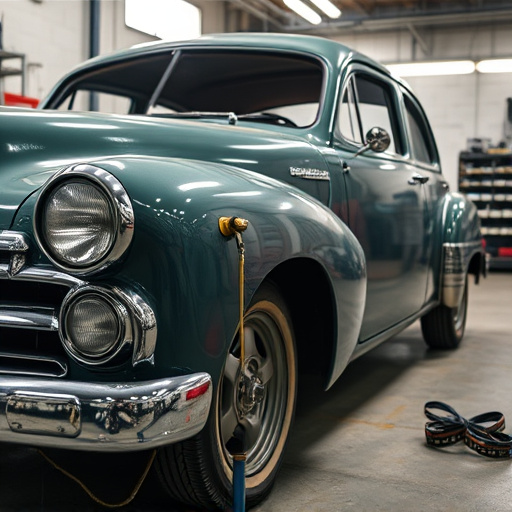Tri-coat paint systems, comprising primer, color coat, and clear coat, offer superior auto body repairs. Seamless application requires meticulous surface preparation, precise color matching, and advanced blending techniques to hide imperfections. Best practices include thorough cleaning, sanding, priming, and allowing coats to dry completely. Proficiency in these methods ensures expert-level results, restoring vehicles' sleek exteriors akin to professional services, with "tri-coat paint repair" as a key focus.
“Discover the art of seamless tri-coat paint repair with our comprehensive guide. Explore the intricacies of understanding tri-coat paint systems, a common yet complex process in automotive and architectural finishes. Learn essential blending techniques to master the subtle nuances of color matching and texture merging. Uncover best practices for achieving professional results, ensuring longevity and visual harmony in your repairs. Elevate your skills with these effective strategies for tri-coat paint repair.”
- Understanding Tri-Coat Paint Systems
- Essential Blending Techniques for Seamless Repairs
- Best Practices for Achieving Professional Results
Understanding Tri-Coat Paint Systems
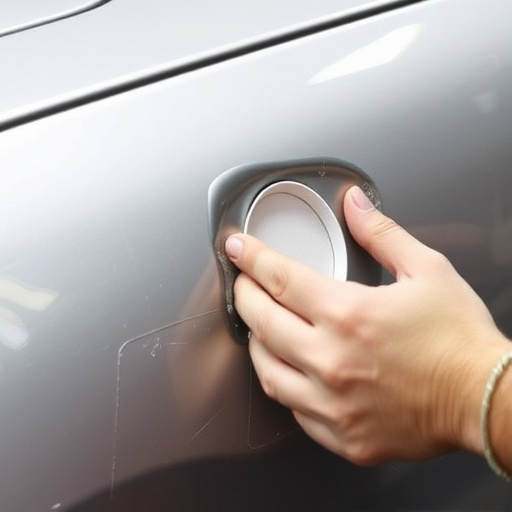
Tri-coat paint systems are a common and effective method used in auto body repair, particularly for significant damage like dings, dents, and scratches. These systems consist of three layers: primer, color coat, and clear coat. Each layer serves a distinct purpose. The primer acts as a bonding agent between the damaged surface and subsequent coats, ensuring a strong adhesion. The color coat is where the car’s original or desired color is matched precisely, hiding any imperfections. Lastly, the clear coat provides a protective finish, enhancing durability and adding a glossy or matte finish to the repair area.
Understanding this three-layer process is crucial for seamless tri-coat paint repair. Technicians must carefully prepare the surface, often involving sanding, cleaning, and priming, to ensure each layer adheres perfectly. Matching the color precisely is an art in itself, requiring advanced skills and tools. The clear coat adds the final touch, not only providing aesthetics but also protecting the repair from future damage, making it a vital component in the car paint repair process.
Essential Blending Techniques for Seamless Repairs
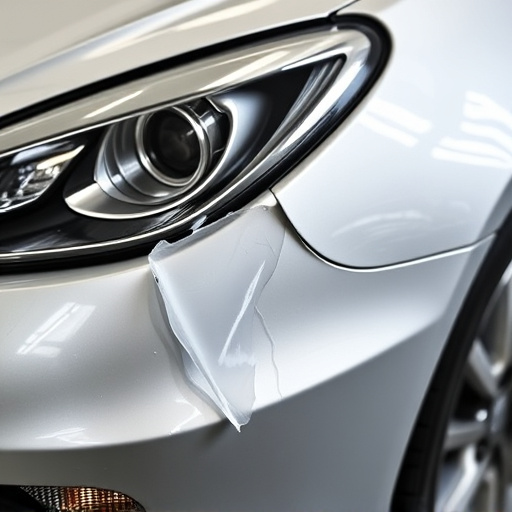
Blending techniques are the unsung heroes of tri-coat paint repair, ensuring a seamless and virtually invisible fix. The key lies in mastering the art of gradual transition between layers. With careful application of sandpaper, start by gently removing any visible imperfections or high spots on the surface, taking care not to over-scrape. This initial step prepares the area for blending without disturbing the surrounding unharmed paint.
Next, use a fine-grit sandpaper to create a smooth transition between each coat, focusing on merging the edges of the damaged area with its surroundings. The goal is to create a seamless blend that mimics the original paint job, not calling attention to the repair. A crucial aspect is to maintain the sheen and texture consistency across all three coats; this can be achieved through meticulous handiwork or the use of specialized tools designed for blending. Proficiency in these techniques is a must for achieving expert-level results in car collision repair, making your tri-coat paint repairs virtually undetectable and ensuring your vehicle’s exterior retains its sleek finish, much like a professional car paint service would.
Best Practices for Achieving Professional Results
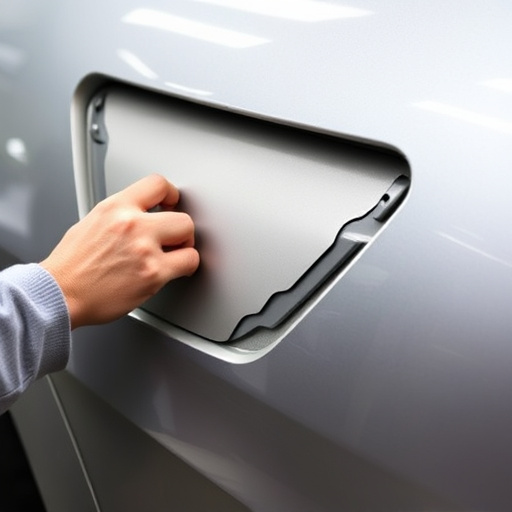
When attempting tri-coat paint repair, adhering to best practices is key to achieving professional results. The first step is thorough preparation, which involves meticulously cleaning and sanding the damaged area to ensure a smooth base for new coats. This includes removing any rust, dirt, or debris using fine-grit sandpaper, followed by a deep clean with a degreaser to eliminate any remaining contaminants. Proper surface priming cannot be overstated; it serves as the bridge between the old and new paint layers, enhancing adhesion and long-term durability.
For optimal blending techniques, use a small, flat brush for precise application and subtle transitions between coats. Work methodically, applying thin, even layers with minimal overlap to avoid visible lines or textures. Let each coat dry completely before moving on to the next, allowing the surface to cure fully in between applications. This meticulous approach ensures seamless integration of the tri-coat paint repair into the existing auto body painting, resulting in a restoration that rivals professional work in terms of both aesthetics and longevity. Remember, successful car paint repair in this manner requires patience, attention to detail, and an understanding of auto maintenance principles for optimal outcomes.
Blending techniques are key to achieving seamless tri-coat paint repairs, ensuring a professional and durable finish. By understanding the unique properties of tri-coat systems and employing essential blending methods, you can master the art of repairing chips and damage effectively. Following best practices guarantees exceptional results, allowing you to transform damaged surfaces into pristine examples of tri-coat paint repair.

